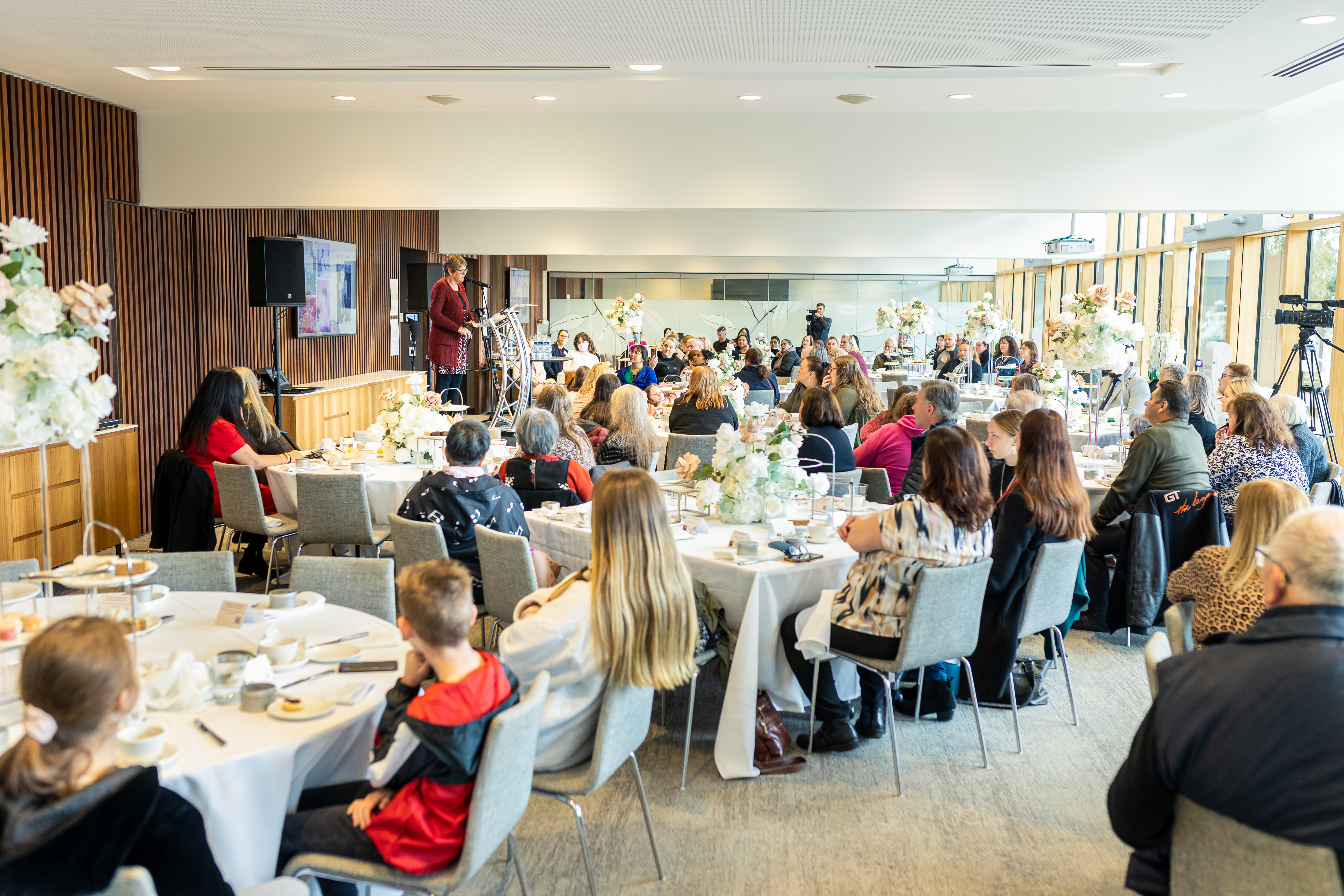How ‘trinkets’ become family heirlooms

When a loved one dies, their possessions don’t have to be antiques or expensive heirlooms, or itemised in a Will or Trust to gain the title of ‘treasure’. This can make the clear-out of a deceased estate difficult when deciding what to do with what were previously seemingly everyday items, but are now precious keepsakes. I found this out firsthand after my mother died.
So, when is a doily not a doily? When it goes from being one of my mother’s kitsch furniture accessories when she was alive, into a sacred reminder of her homeliness now that she’s gone. As a child, I marvelled at the intricacy of their design, and couldn’t figure out how they could be made with human hands, crochet hooks, and patience. I would often raise one of the corners to see their pattern stencilled in dust on the piece of furniture they sat on. Each week she would patiently remove each doily, shake the dust off, wipe down the furniture, and settle everything back for the ‘dust stencilling’ to start again. As an adult, I refused this time-honoured tradition and opted instead for the contemporary, clean lines of a modern home – sans doilies. My mother would lament my house full of what she referred to with dismay as, ‘naked furniture’.
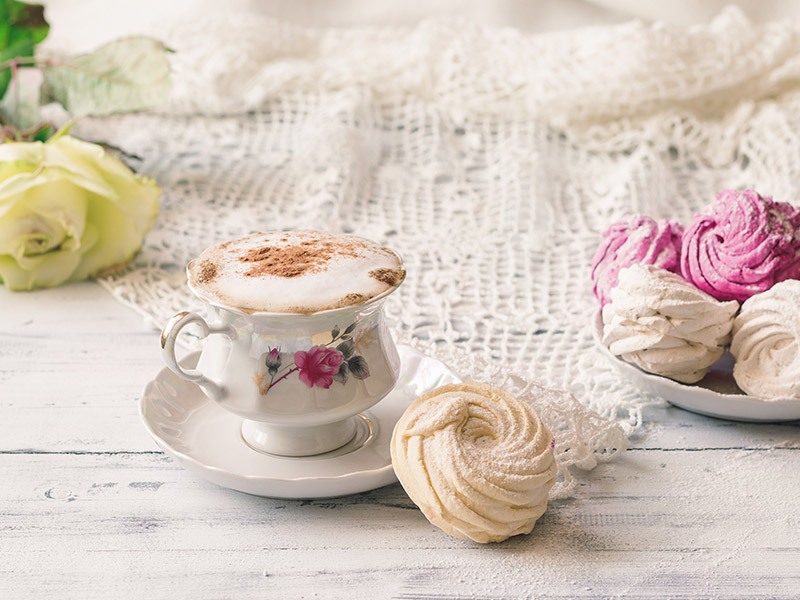
Adding to the doilies’ mystique was my mother’s insistence that they be paired for life with a cherished family picture, kindergarten coil pot vase, or souvenir ashtray from Athens. Never mind that the ashtray only ever held potpourri, and that my vase could strain spaghetti, these articles held great significance to her. Like a set of lacy highlighters, the doilies showcased the story of her life, and the warm and loving nature of the person who had lived that life.
The significance of the doilies and anything she had touched, grew overnight, so how was I supposed to choose what to keep after she’d gone?
Shifting from presence to remembrance
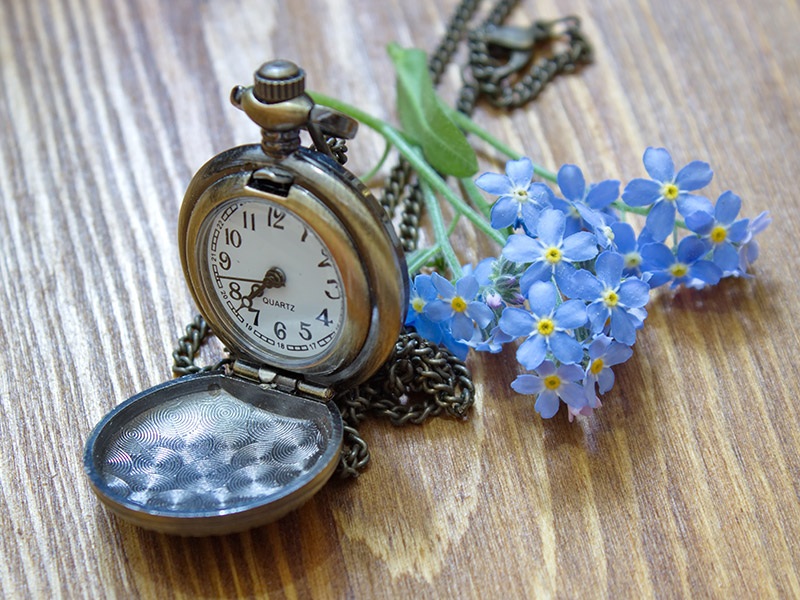
In this respect, I felt greatly relieved to have my brothers by my side because we could support each other through this key transition period – that time when our relationship with our mother had to shift from one of presence to one of remembrance. It helped immensely that we chose each other to be part of ‘Team Clear-out’, because we genuinely cared for each other’s feelings during the process, and didn’t rush or judge each other’s decisions on what to keep and what to give away. We took a day to move from room-to-room, stopping to laugh or cry over things we found from our childhood that mum had kept. There was noise and chatter and several renditions of, “Oh my goodness, I remember this!”, or, “So that’s where that went!”, and, “Why on earth did she keep this?”
Lost and found

The day of the clear-out wasn’t easy, and I didn’t expect it to be. What I didn’t expect however, was the overwhelming feeling of loss I experienced when, weeks later, I caught sight of the bag with the items I’d chosen, sitting in my front room. ‘You’re too small to represent her,’ was my first thought, my second, ‘you’re here, and she isn’t.’ I realised that the items I had chosen so carefully all those weeks ago, I had yet to do anything with. I unzipped the bag and sitting on top was an array of her beloved doilies. They smelt of ‘koulouria’, the Greek tea biscuits she baked constantly for my children’s lunchboxes. ‘There you are,’ I thought, and an idea germinated for how I could display these cherished items and still leave my furniture ‘naked’. I decided to honour her by framing and hanging them so her story could be woven into the walls of my home.
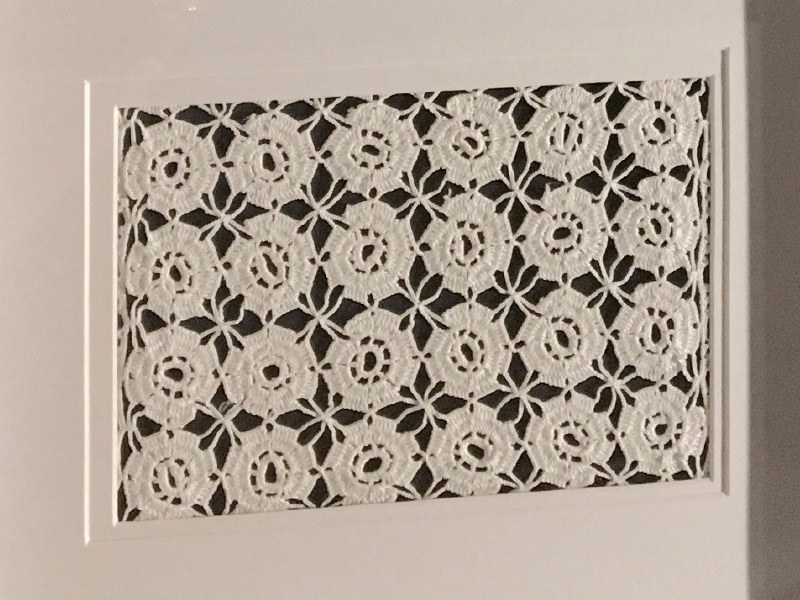
I mentioned the framed doilies at work and this sparked a conversation among my team about what they could do with items they had been given from late relatives. When someone asked what they should do with a large canteen of silver cutlery he was unlikely to use, the suggestions flowed; “Cutlery wind chimes.” “Drawer or door handles.” “Engraved seedling markers in the garden.” “Convert them into bangles or other jewellery.”
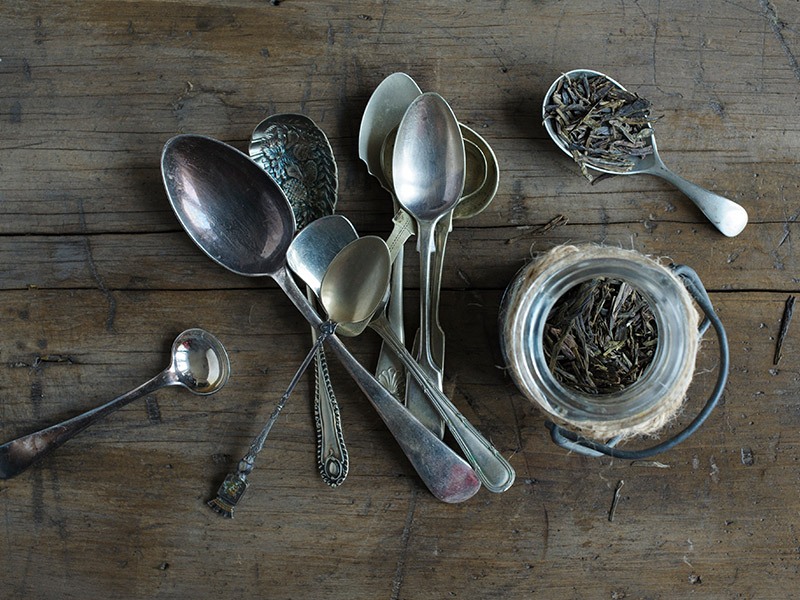
Although his grandmother had died many years ago, my colleague got excited at the thought he could finally use her cutlery in a way that suited him, and honoured her. This is because, repurposing a loved one’s belongings into everyday memorials is a practical way for people to feel connected to their loved ones in the difficult time immediately after they’re gone, and beyond. This is a key lesson from grief expert, Dr Alan Wolfelt, who believes that the journey through grief is not one of ‘moving on’, or ‘getting back to normal’; it’s about ‘moving forward through a period of mourning toward a new normal’. Dr Wolfelt challenges the notion than clearing everything out is a way to find closure, but rather, holding onto a few cherished ‘linking objects’ honours their memory and assists healing. Why it’s good to take your time is covered in more detail in our ‘Grief and clearing out deceased estates’ post.
Do you have a favourite keepsake turned treasure? Share your ‘trinkets turned heirloom’ story with us below.
